After your doctor has discussed your symptoms, he or she will examine you to find out the possible cause of your symptoms. The trauma surgeon will then most likely schedule an examination.
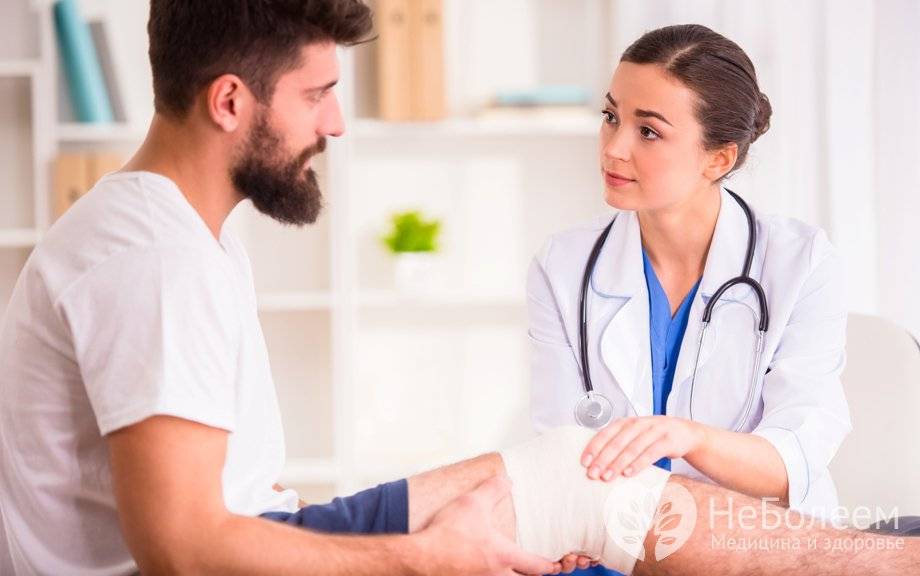
Visit to a specialist in orthopedics and trauma surgery
A specialist in orthopedics and trauma surgery specializes in the treatment of diseases of the musculoskeletal system (bones, ligaments, tendons, joints, cartilage and muscles). For diagnosis in orthopedics and traumatology, X-rays, CT scans, blood tests, biopsies and other tests are used.
Treatment is carried out both by surgical and conservative measures – injections, medications. For therapeutic purposes, the patient is also prescribed physiotherapy and massage, and a number of rehabilitation exercises are recommended.
Presnensky Val St. 14, fig. 14, Moscow. 3.
Central administrative district, 5 minutes from Ulitsa 1905 Goda metro station.
Travel program
For complex fractures, an orthopedist is consulted so that the injury heals more quickly and the patient can return to an active life as quickly as possible.
Injuries most often occur at home, in an accident, or on winter ice as a result of a fall. For athletes – during training, during sporting activities. Employees who have an accident at work are also referred to a traumatologist.
Most injuries and traumas are not fatal or life-threatening, but inadequate or omitted timely medical care can negatively impact future prognosis, for example causing bone deformities. This can lead to reduced physical performance – a disability.
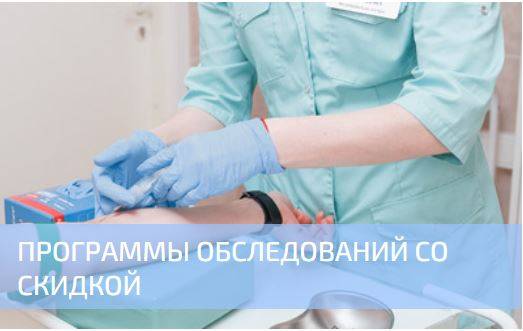
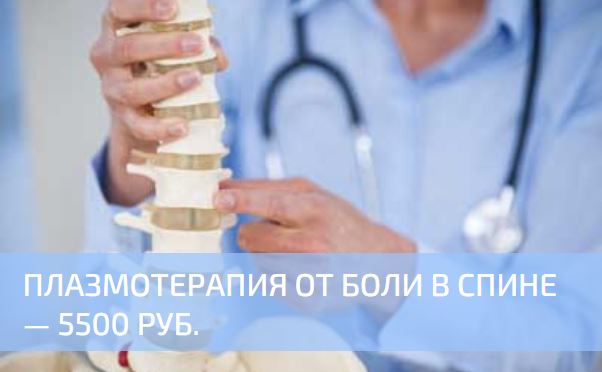


Trauma care for fractures
If a fracture has occurred, it is important to see a doctor. The common symptoms of this condition are:
- strong pain;
- deformation of the limbs;
- swelling, hematoma, tenderness at the site of injury;
- numbness and tingling;
- Difficulty moving the limb.
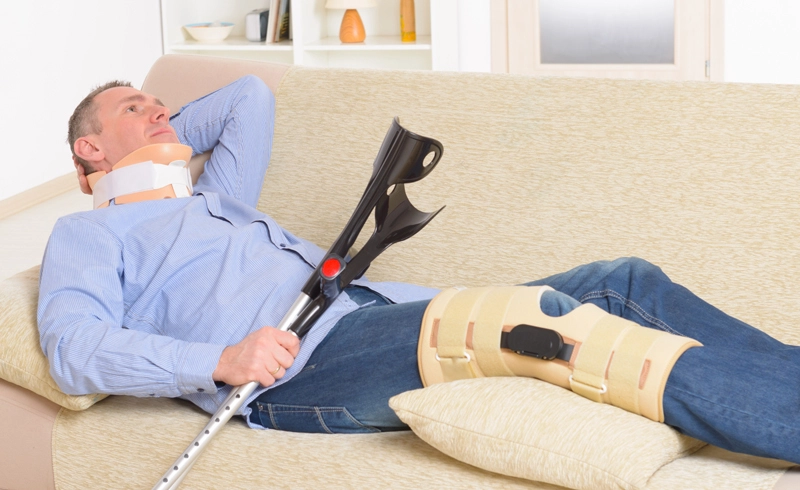
Reasons for seeking trauma care
According to trauma surgeons, broken bones are the most common reason for seeking professional help, with tendon tears in second place and sprains in third place.
Road traffic injuries are on the rise worldwide, and injuries are also common in many sports. For example, according to Forbes magazine's ranking of the ten most injury-prone sports in the United States, these are:
- Basketball;
- cycling;
- American football;
- Motorcycling;
- Baseball;
- Fitness;
- Football;
- Dive;
- cross-country skiing;
- snowboarding;
- Rugby.
In addition to athletes, consultation with a trauma surgeon is often also necessary for so-called 'athletes'. a group at risk of injury, which includes the elderly and patients with a deficiency of calcium and vitamin D, substances that are involved in the synthesis of bone tissue and ensure its strength and stability.
Another category of patients that unfortunately often ends up in the trauma surgeon's office are children. Children are active and lively, but their sense of danger and self-defense are underdeveloped, which makes childhood trauma common and the need to see a pediatric trauma surgeon.
Visits to the trauma surgeon
A trauma surgeon can be seen on an outpatient basis in a trauma clinic (or ward) in an outpatient clinic or trauma center. Based on the results of the conversation with the trauma surgeon, a decision can be made whether the patient should be admitted to hospital or treated as an outpatient. If necessary, the trauma surgeon will refer the patient to a specialized hospital for surgery. A trauma surgeon can also provide initial care for accident victims in such facilities.
A trauma surgeon in a trauma hospital or trauma unit treats not only single injuries, but also multiple injuries that can involve blood loss, including internal bleeding, impaired consciousness and breathing, rapidly developing infections (peritolitis, gangrene), and sudden cardiac arrest. The trauma surgeon therefore acts as an emergency doctor in critical situations.
Modern trauma surgeons use both conservative treatment methods (plaster casts, massages, tractions, physical therapy, physiotherapy) as well as surgical interventions on, among other things, the organs of the musculoskeletal system and the spine.
Tulane orthopedist/traumatologist dispels myths about joint injuries and diseases

At the event in the atrium of the Tule Museum and Exhibition Complex, doctors from the Tule Regional Hospital spoke and provided information about their medical services. Dmitry Kvasov, head of the orthopedic trauma center, gave a lecture on joint diseases and various types of injuries. Read the Tula News Service article about myths that patients believe.
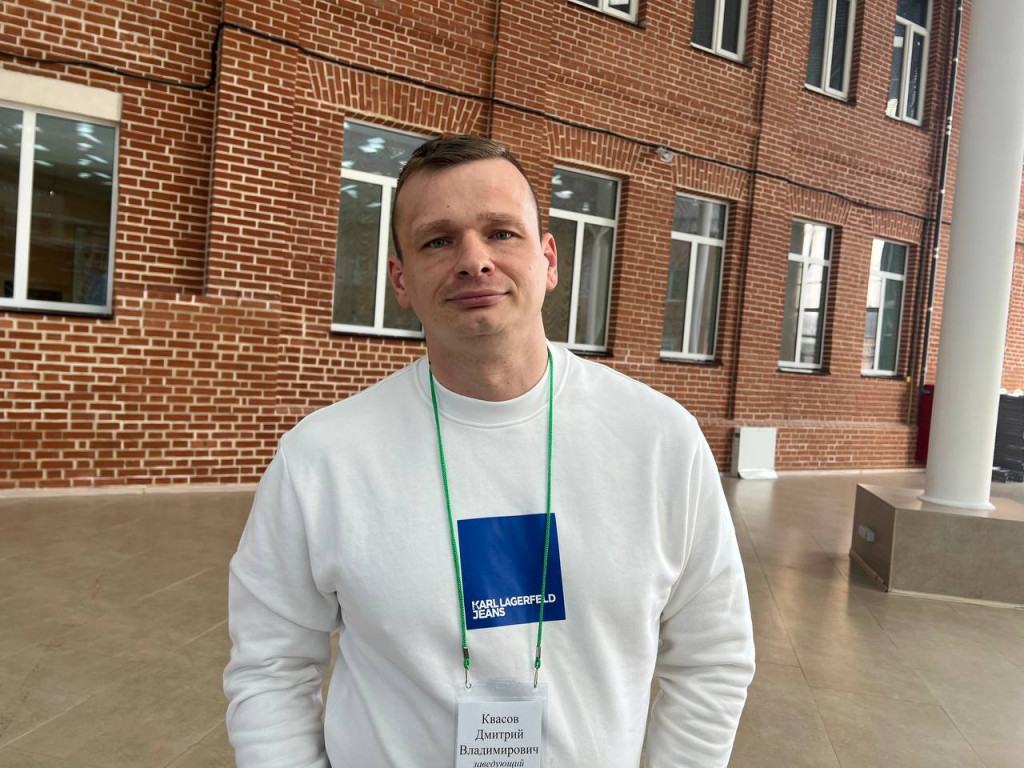
Myth #2: If you eat cold cuts, your bones will heal better
The doctor pointed out that proper and balanced nutrition is most important during the recovery period to ensure that the body is provided with the necessary vitamins and minerals.
'If you constantly eat cold cuts, we will help our surgeons fulfill the treatment plan for pancreatitis,' explained the doctor.
Dmitry Kvasov pointed out that not only athletes can damage a joint. Patients end up in the hospital with all sorts of injuries. Sometimes all it takes is a simple 'fall on a bed' during the gardening season, and there are many such cases.
Tule Regional Hospital offers joint replacements and is the only clinic in the region that provides shoulder joint replacements.
Read more:- How to see an orthopedist for free.
- Visit to an orthopedist via the Internet.
- How to make an appointment with a traumatologist.
- Consultation of an orthopedic traumatologist.
- Visit to an orthopedic surgeon.
- Online consultation with an orthopedist.
- Who is a trauma surgeon?.
- Free online consultation with an orthopedic trauma surgeon.
